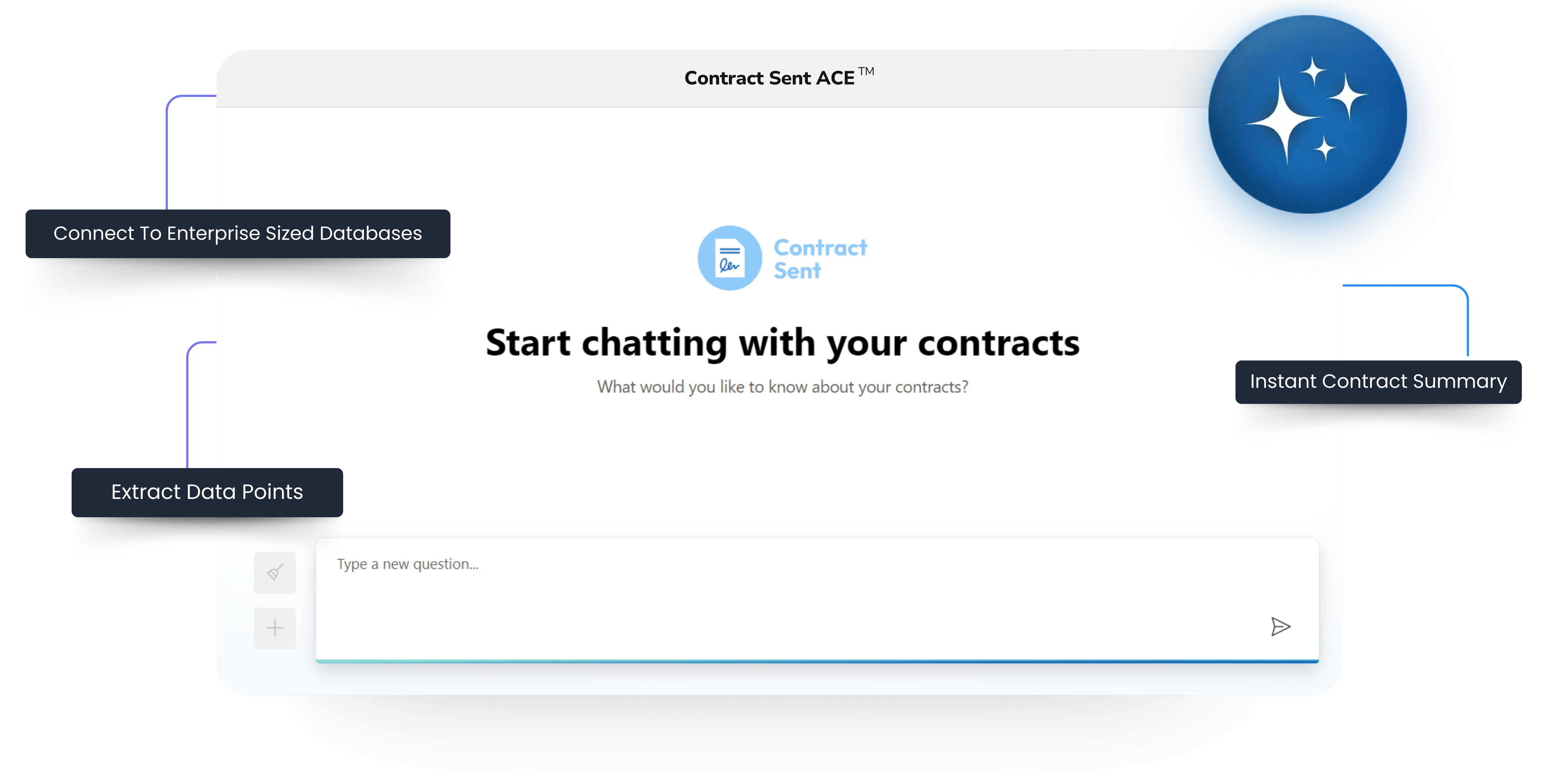Understanding Lease Amendment Forms for Small Businesses
Navigating the complexities of lease agreements is a critical aspect of managing a small business. Whether you’re a landlord or a tenant, circumstances often change, necessitating updates to the original lease terms. This is where lease amendment forms come into play. These forms provide a straightforward way to modify existing lease agreements without the need to draft a new contract from scratch. Let’s delve into the essentials of lease amendment forms and how they can benefit small businesses.
What is a Lease Amendment?
A lease amendment is a formal document that alters the terms of an existing lease agreement. Unlike lease addendums, which add new terms to the lease, amendments modify the existing terms. This could involve changes in rent, the duration of the lease, or specific clauses related to property use. For small businesses, lease amendments offer a flexible solution to adapt to evolving needs without the hassle of renegotiating the entire lease.
Common Scenarios for Lease Amendments
- Rent Adjustments: Economic conditions can fluctuate, and both landlords and tenants might find it necessary to adjust the rent. A lease amendment can formalize this change, ensuring both parties are on the same page.
- Lease Extensions: If a tenant wishes to extend their stay beyond the original lease term, a lease amendment can extend the duration without requiring a new lease agreement.
- Property Modifications: Sometimes, tenants may need to make alterations to the property to better suit their business operations. A lease amendment can specify the terms and conditions for such modifications.
- Change in Business Operations: If a tenant’s business evolves, they might need to use the property differently than initially agreed. An amendment can accommodate these changes, ensuring compliance with local regulations and the landlord’s policies.
Benefits of Using Lease Amendment Forms
For small businesses, lease amendment forms offer several advantages:
- Cost-Effective: Drafting a new lease agreement can be time-consuming and expensive. Lease amendments are a more economical option, saving both time and legal fees.
- Flexibility: Business needs can change rapidly. Lease amendments provide the flexibility to adapt to new circumstances without the need for extensive renegotiations.
- Clarity and Documentation: Formalizing changes through a lease amendment ensures that all modifications are clearly documented. This reduces the risk of misunderstandings and provides a reference point for future discussions.
How to Create a Lease Amendment
Creating a lease amendment involves several key steps:
- Identify the Changes: Clearly outline the specific changes that need to be made to the original lease agreement. This could involve rent adjustments, lease extensions, or modifications to property use.
- Draft the Amendment: Use a lease amendment form to draft the changes. Ensure that the language is clear and precise to avoid any ambiguities.
- Review and Approve: Both parties should review the amendment carefully. It’s advisable to consult with legal counsel to ensure that the changes comply with local laws and regulations.
- Sign and Date: Once both parties agree to the terms, they should sign and date the amendment. This formalizes the changes and makes them legally binding.
Digital Solutions for Lease Amendments
In today’s digital age, managing lease amendments has become more efficient with the help of electronic signature platforms like Contract Sent. These platforms offer several benefits:
- Convenience: Small business owners can sign and manage lease amendments from anywhere, at any time. This is particularly useful for businesses with multiple locations or remote operations.
- Security: Electronic signatures are legally binding and secure. Platforms like Contract Sent use advanced encryption technologies to protect sensitive information.
- Efficiency: Digital platforms streamline the process of creating, reviewing, and signing lease amendments. This reduces administrative overhead and speeds up the approval process.
Best Practices for Small Businesses
To make the most of lease amendment forms, small businesses should consider the following best practices:
- Regular Reviews: Periodically review lease agreements to identify any necessary changes. This proactive approach can help avoid last-minute amendments and ensure that the lease terms remain aligned with business needs.
- Clear Communication: Maintain open lines of communication with landlords or tenants. Discuss potential changes early to ensure that both parties are prepared for the amendment process.
- Legal Compliance: Ensure that all lease amendments comply with local laws and regulations. Consulting with legal counsel can help identify any potential issues and ensure that the amendment is legally sound.
Lease amendment forms are a valuable tool for small businesses, offering a flexible and cost-effective way to update lease agreements. By understanding the process and leveraging digital solutions, small business owners can efficiently manage lease changes and focus on growing their business. Whether it’s adjusting rent, extending the lease term, or modifying property use, lease amendments provide the adaptability needed to thrive in a dynamic business environment.
Understanding Lease Amendment Forms: A Guide for Small Businesses
As a small business owner, managing property leases can be a complex task. Whether you’re leasing office space, a storefront, or other commercial property, the terms of your lease agreement are crucial to your business operations. However, circumstances often change, necessitating updates to the original lease agreement. This is where lease amendment forms come into play.
What is a Lease Amendment?
A lease amendment is a legal document that modifies the terms of an existing lease agreement. Unlike a lease addendum, which adds new terms without altering the original agreement, an amendment changes specific provisions of the lease. This could include adjustments to the rent amount, lease duration, or other critical terms.
Why Use a Lease Amendment?
There are several reasons why a small business might need to amend a lease:
- Rent Adjustments: Economic conditions can fluctuate, and you might need to negotiate a lower rent or agree to an increase.
- Lease Extension: If your business is thriving in its current location, you may want to extend the lease term.
- Space Modifications: As your business grows, you might need more space or wish to downsize.
- Operational Changes: Changes in business operations might require modifications to the lease terms, such as altering the permitted use of the property.
How to Create a Lease Amendment
Creating a lease amendment involves several steps:
- Identify the Need: Clearly define why the amendment is necessary. This could be due to financial reasons, business growth, or other operational needs.
- Consult with Legal Counsel: It’s essential to consult with a lawyer to ensure that the amendment is legally sound and protects your interests.
- Draft the Amendment: The amendment should clearly state the changes to the original lease terms. Be specific about what is being altered and ensure that both parties understand the modifications.
- Review and Sign: Both the landlord and tenant should review the amendment carefully. Once both parties agree, they should sign the document to make it legally binding.
Key Components of a Lease Amendment
A well-drafted lease amendment should include the following elements:
- Title: Clearly state that the document is a lease amendment.
- Parties Involved: Identify the landlord and tenant.
- Original Lease Details: Reference the original lease agreement, including the date it was signed.
- Amendment Terms: Specify the exact changes being made to the lease.
- Effective Date: Indicate when the amendment will take effect.
- Signatures: Both parties must sign the amendment for it to be valid.
Benefits of Using Lease Amendments
For small businesses, lease amendments offer several advantages:
- Flexibility: They provide a flexible way to adapt to changing business needs without having to negotiate a new lease entirely.
- Cost-Effective: Amending an existing lease is often more cost-effective than drafting a new lease agreement.
- Continuity: Lease amendments allow businesses to maintain their current location and avoid the disruptions associated with moving.
Common Scenarios for Lease Amendments
Here are some common scenarios where a lease amendment might be necessary:
- Rent Reduction: During economic downturns, a tenant might negotiate a temporary or permanent rent reduction.
- Lease Extension: A thriving business may want to secure its location for a longer period by extending the lease term.
- Space Expansion: As a business grows, it might need additional space, requiring an amendment to include more square footage.
- Operational Changes: Changes in business operations, such as shifting from retail to office use, might necessitate an amendment to the permitted use clause.
How Contract Sent Can Help
Managing lease amendments can be streamlined with the right tools. Contract Sent offers a range of features that can simplify the process:
- Electronic Signatures: Securely sign lease amendments online via our Adobe Sign integration, eliminating the need for in-person meetings.
- Document Storage: Store and organize all lease documents in one place for easy access and reference.
- Easy To Find Details: Don’t just
- Templates: Use customizable templates to quickly draft lease amendments in our contract template library.
- Audit Trails: Maintain a clear record of all changes and approvals with detailed audit trails.
Lease amendments are a valuable tool for small businesses, providing the flexibility to adapt to changing circumstances without the need for a new lease agreement. By understanding the process and utilizing tools like Contract Sent, small business owners can efficiently manage lease modifications, ensuring their business operations continue smoothly.












